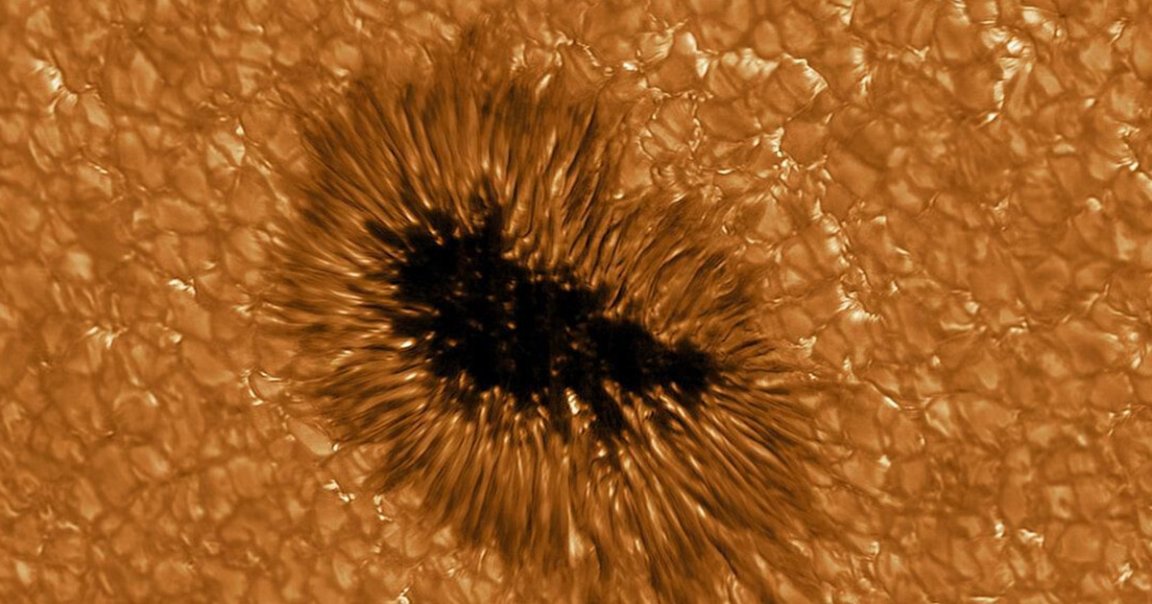
Enhance
Using Europe’s largest solar telescope GREGOR, researchers zoomed in on the surface of the Sun to study its magnetism and how it influences the Earth — and what they saw is absolutely terrifying.

They were able to get close enough to identify features as small as 50 kilometers across, the equivalent of spotting a needle on a soccer field from an entire kilometer away, according to a statement.
Telescope Upgrades
Telescope optics suffer from many of the same problems as glasses wearers who have the wrong prescription, resulting in blurry vision. These issues tend to be caused by fabrication issues involved in constructing the telescope’s numerous elements.
The team was able to correct for some of these issues on GREGOR by realigning its elements and making several mechanical upgrades, as outlined in a new paper published in the journal Astronomy & Astrophysics.
One of these issues was an astigmatism, another issue plaguing both human and telescopic vision. They eliminated it by polishing six nanometers off the ‘scope’s massive parabolic mirrors, or about 10,000th the diameter of a human hair.
Gaping Maw
Thanks to the upgrades, the team was able to get a detailed look at the Sun’s mysterious sunspots, strange and relatively cool spots that dot the surface of our star. Magnetic fields are very strong in these areas, trapping the heat within.
And as it turns out, they look absolutely terrifying when viewed from Earth — like a horrible gaping mouth.
READ MORE: New High-Res Images of The Sun Show How Creepy Sunspots Look in Closeup [Science Alert]
More on the Sun: Scientists Found Something Surprising in Closest-Ever Photos of the Sun